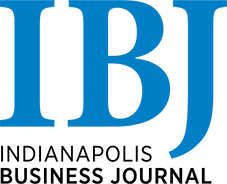IU experts expect economy to maintain strong pace in 2019
The U.S. economy is expected to remain strong next year, with Indiana outperforming the nation, according to the annual Business Outlook forecast released Thursday by Indiana University’s Kelley School of Business.

